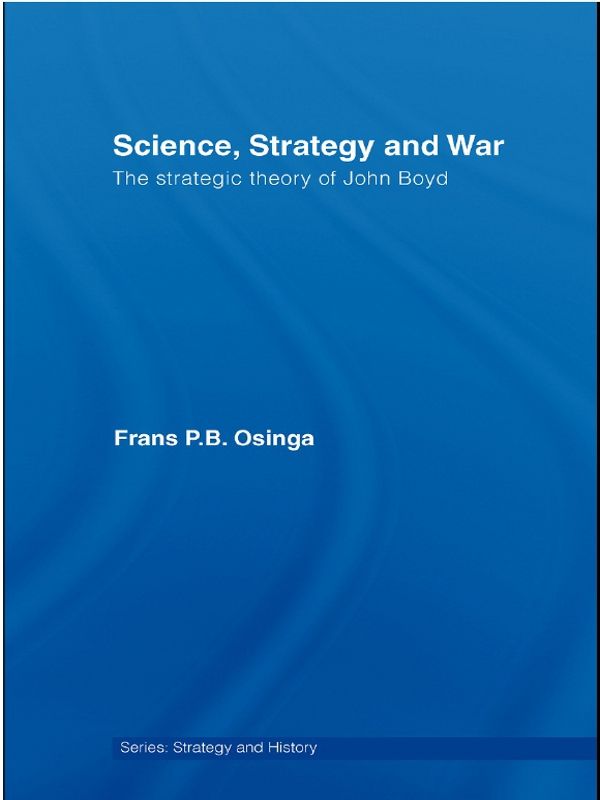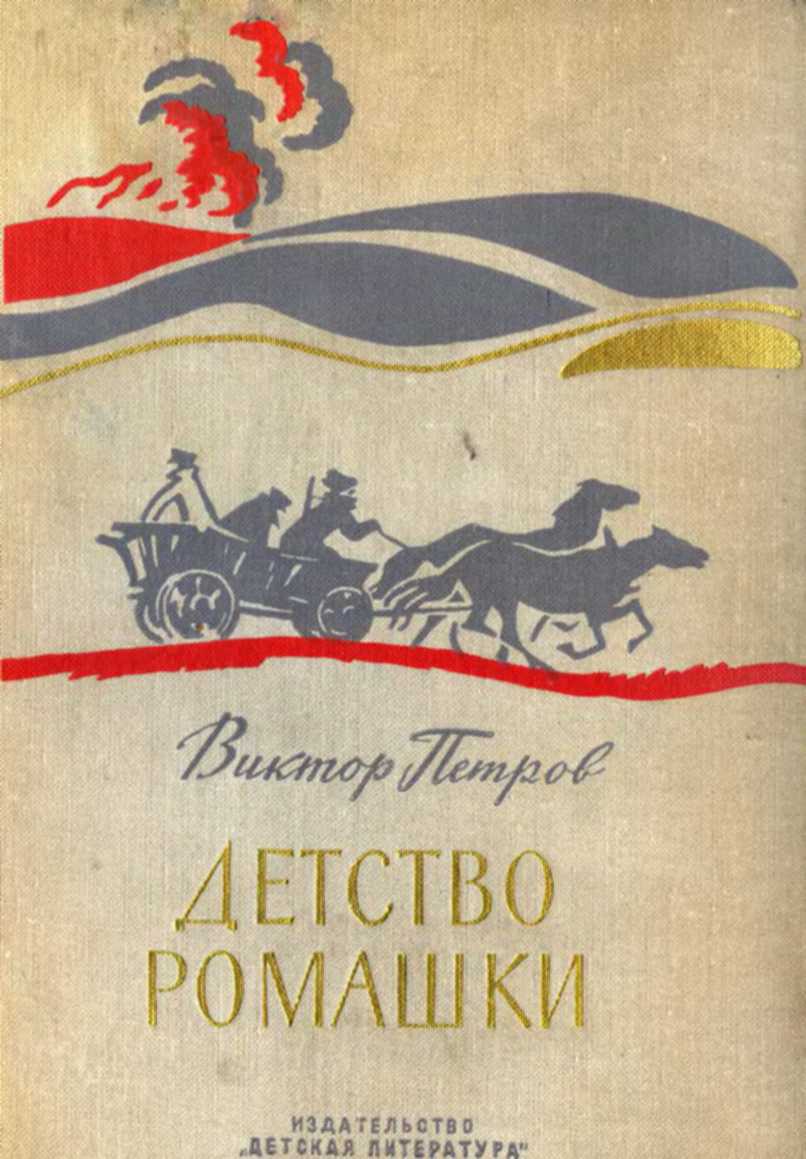sees the social crisis of the ‘most tumultuous decade of this century’ as the result of western reductionist and analytical mindset which has lost sight of the elements of quality and wholeness. It contains extensive sections of dialogue and critique on western philosophers from Aristotle, to Hume, Kant and Hegel up to Henry Poincaré, who noted already in the nineteenth century the relevance of the act of observation and selecting facts for observation in the scientific enterprise, thus negating the existence of objectivity. The book that offers the way out for Phaedrus is the ancient Chinese book the Tao I Ching of Lao Tzu, a book also on Boyd’s list of personal papers.
11 Watson, op. cit., p. 618.
12 Ibid.
13 Monod’s book too is on Boyd’s list. Interestingly, Monod’s book includes the idea that living things, as isolated, self-contained energetic systems, seem to operate against entropy, an idea included in Boyd’s work.
14 Steven Pinker, How the Mind Works, New York: Norton & Company, 1997, pp. 43–7.
15 See Fred Hoyle’s, Encounter with the Future, New York: Simon and Schuster, 1968; and his The New Face of Science, New York: The World Publishing Company, 1971.
16 Derek Gjertsen, Science and Philosophy, Past and Present, London, Penguin Books, 1989, p. 6.
17 Paul Lyotard, The Postmodern Condition, Minneapolis: University of Minnesota Press, 11th printing, 1997, p. 3.
18 In his copy of Exploring the Crack in the Cosmic Egg, that deals with split brains, Boyd recognizes his own brain at work in a section dealing with the working of the minds of geniuses such as Einstein and Mozart.
19 See for instance, Boyd’s notes in Conant’s Two Modes of Thought, on p. 78; in Joseph Chilton Pearce’s The Crack in the Cosmic Egg, on p. 95; in Piaget’s Structuralism, on p. 143.
20 See Boyd’s notes in Kuhn’s The Structure of Scientific Revolutions, on pp. 64, 66, 86, 162; and in Polanyi’s Knowing and Being, on p. 155.
21 John Horgan, The End of Science, New York: Broadway Books, 1997, p. 34.
22 Watson, op. cit., pp. 380, 488.
23 Alan Chalmers, What is this thing called Science?, Cambridge: Hackett, 3rd edition, 1999, pp. 59–60.
24 John Boyd, The Conceptual Spiral, p. 7.
25 For an excerpt of Popper’s 1975 lecture on evolutionary epistemology see David Miller, A Pocket Popper, Oxford: Fontana, 1983, pp. 78–86.
26 David Deutsch, The Fabric of Reality, London: Penguin Books, 1998, p. 69. See Chapter 3 in particular on the relevance of Popper. For an assessment of the current value of Popper see Chapter 13.
27 Richard Dawkins, The Selfish Gene, Oxford: Oxford University Press, paperback edition, 1989, p. 190. See Chapter 11 for a full explanation of the idea of meme.
28 Marjorie Green, ‘Introduction’, in Michael Polanyi, Knowing and Being, London: Routledge and Kegan Paul, 1969, p. xi.
29 See ‘The Structure of Consciousness’, in Polanyi, op. cit., pp. 211–24.
30 Boyd, Destruction and Creation, p. 3.
31 In the 1990s his work has come to be seen by many philosophers as part of the shift to a postmodern context for philosophical thought.
32 Watson, op. cit., p. 472.
33 Polanyi, op. cit., p. 117.
34 Ibid.
35 This is taken from Joseph Chilton Pearce, The Crack in the Cosmic Egg, Challenging Constructs of Mind and Reality, New York: Pocket Books, 1974, p. 94.
36 Polanyi, op. cit., p. 118.
37 Ibid., p. 79.
38 Ibid., p. 119.
39 Ibid., p. 68.
40 Ibid., p. 49.
41 Ibid., p. 54.
42 Ibid., p. 66.
43 Ibid., pp. 55–6.
44 Ibid., p. 70.
45 Ibid., p. 31.
46 Ibid., p. 36.
47 As did Imre Lakatos. Lakatos will not be discussed here as available sources do not indicate specifically that Boyd read any of his material. For a general overview of recent history of the philosophy of science see, for instance, the essays of Peter Machamer, John Worrall and Jim Woodward, in Peter Machamer and Michael Silberstein, The Blackwell Guide to the Philosophy of Science, Oxford: Blackwell Publishers, 2002. For more technical and more polemic studies see, for instance, Adam Morton, ‘The Theory of Knowledge: Saving Epistemology from the Epistemologists’ and Noretta Koertge, ‘New Age Philosophies of Science: Constructivism, Feminism and Postmodernism’, all in Peter Clark and Katherina Hawley, Philosophy of Science Today, Oxford: Clarendon Press, 2000; and Steve Fuller, ‘Being There with Thomas Kuhn: A Parable for Postmodern Times’, History and Theory, October 1992, Vol. 31, Issue 3, pp. 241–75. In this article the influence of Polanyi is also addressed. For a concise critique of Kuhn see Deutsch, op. cit., in particular Chapter 13.
48 Chalmers, op. cit., p. 91.
49 Fritjof Capra, The Web of Life, A New Scientific Understanding of Living Systems, New York, Anchor Books, 1997, p. 5.
50 John Steinbrunner, The Cybernetic Theory of Decision, Princeton, NJ: Princeton University Press, 1974, p. 10.
51 Chalmers, op. cit., p. 118.
52 Ibid., pp. 108, 112.
53 Capra, op. cit., 1997, p. 5.
54 Ilya Prigogine and Isabella Stengers, Order Out Of Chaos, Man’s New Dialogue With Nature, London: Flamingo, 1984, p. 308.
55 Ludwig von Bertalanffy, General Systems Theory, New York: George Brazilier, 1968, p. 18.
56 Chalmers, op. cit., pp. 115, 121.
57 Ibid., p. 118, emphasis is mine to highlight the connection with Boyd’s use of wording.
58 Boyd, Destruction and Creation, p. 7.
59 Boyd, The Conceptual Spiral, p. 22. All underlining in original.
60 Ibid., p. 23.
61 Ibid., p. 24.
62 Ibid., p. 31. Although it is likely that Boyd followed Kuhn in this idea of creative destruction, it cannot be ruled out that Boyd was also influenced by Joseph Schum-peter, whose work Capitalism, Socialism and Democracy Boyd had read. Schum-peter is credited with the idea of the merits of creative destruction as an engine for economic growth.
63 Ibid., pp. 37–8. Italics are mine.
64 Watson, op. cit., pp. 740, 757.
65 Fritjof Capra, The Turning Point, New





